Welcome to Episode #149 of the PricePlow Podcast! In this special episode, Mike and Ben take you on a journey to Salt Lake City, where they visited the cutting-edge facilities of Sensapure Flavors. After spending 36 immersive hours learning the intricacies of flavor science, they sit down with two industry experts: Scott Zimmerman, a seasoned flavor chemist with nearly 40 years of experience, and Derek Greer, an expert in food technology who leads Sensapure's application labs.
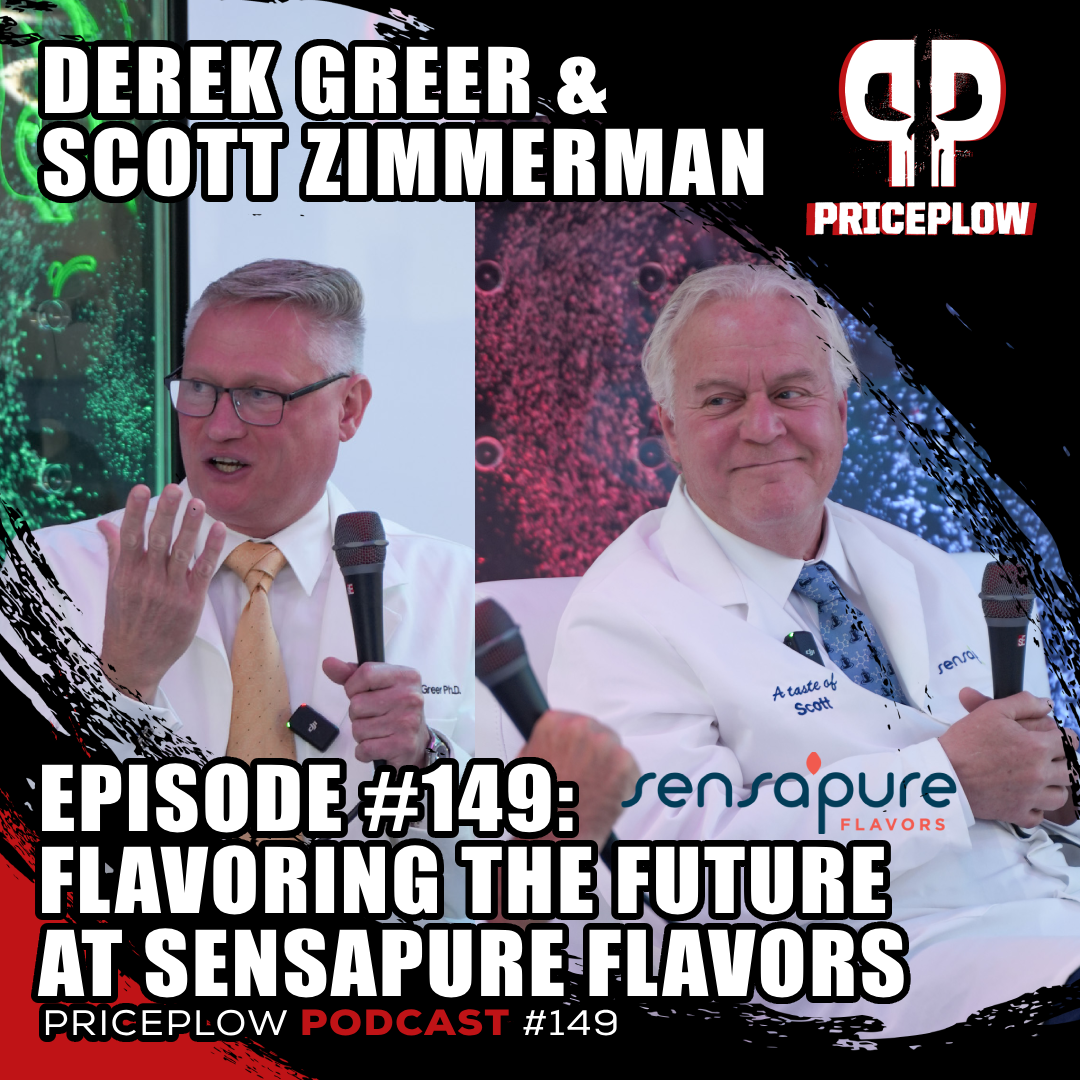
Learn about flavors with Sensapure. Mike and Ben with Scott Zimmerman and Derek Greer of Sensapure Flavors in Episode #149, exploring the art and science of flavor creation in supplements and energy drinks.
In this enlightening conversation, you'll discover the art and science behind flavor formulation, especially within dietary supplements and functional foods. The team delves deep into how flavors are crafted to work around challenging base ingredients, the complexities of masking bitterness, and the innovative processes involved in creating both traditional and "fantasy" flavors.
Whether it's the technicalities of reverse-engineering popular tastes, the importance of acids and sweeteners, or the future trends in flavoring, this episode is packed with insights that will change the way you think about the flavors you enjoy every day.
Don't miss this one -- listen as we explore how Sensapure Flavors balances creativity, science, and market demands to produce flavors that not only taste amazing but also enhance the overall consumer experience. If you've ever wondered what goes into making your favorite supplement taste just right, this episode is a must-listen!
Subscribe to the PricePlow Podcast on Your Favorite Service (RSS)
https://blog.priceplow.com/podcast/scott-zimmerman-derek-greer-sensapure-flavors-149
Video: Learn about Flavor Systems from the Professionals at Sensapure
Podcast: Play in new window | Download (Duration: 1:29:31 — 101.9MB)
-
0:00 – Introductions
Mike and Ben sit down with Scott Zimmerman and Derek Greer from Sensapure Flavors to explore the science behind flavor formulation, particularly within dietary supplements and functional foods. Ben highlights how they had spent 36 hours learning about flavor -- they're excited to dive deeper into how flavors fit within product formulations, often having to work around challenging inherent flavors.
Scott is a seasoned flavor chemist with nearly 40 years of experience, and Derek Greer is an expert in food technology who leads application labs. Scott describes flavor creation as a mix of science, art, and psychology, explaining how flavorists often work with abstract descriptors like "blue" or "green" when designing flavors. Derek's team builds on these flavors, creating systems that fit specific customer needs and product applications, considering factors like hot or cold processes in formulation development.
-
4:15 – Making an energy drink
Ben and Mike discuss the process of developing an energy drink with Sensapure. Derek explains that the process typically begins with evaluating the base formulation, focusing on the active ingredients and how they taste in their raw state. Depending on the characteristics of the base, such as the presence of bitter compounds like alkaloids, Scott's team might need to create masking agents or specific flavors to neutralize undesirable tastes. Scott elaborates on the complexity of modern flavor development, which involves layering different elements like sweeteners, masking agents, and fat replacers.
Derek highlights the challenges of masking bitterness, especially from alkaloids, due to the human tongue's sensitivity to bitter flavors. The conversation also touches on the intricacies of sweeteners like stevia, where the purity of the glycosides affects both the bitterness and lingering aftertaste.
-
10:00 – The importance of acids
Derek explains the importance of acids in beverage formulations, emphasizing that acids like citric, malic, and tartaric not only contribute to flavor but also play a role in food safety by controlling pH levels. He notes how acids are often chosen based on the flavor profile: citric acid for citrus, malic for apples, and tartaric for grapes. He also explains the tactile experience they provide, such as how they interact with different areas of the tongue.
Scott adds that flavor creation for energy drinks has evolved significantly, becoming more complex with the introduction of ingredients like herbals and adaptogens, requiring a multi-layered approach.
-
16:45 – Reverse engineering flavors
Mike, Ben, Derek, and Scott discuss the technical process of matching or creating flavors, using Red Bull as an example. Derek explains that the first step in replicating a flavor involves gas chromatography and mass spectrometry, which break down the flavor molecules and create a "picture" of the chemical components, getting the team about 85% of the way there. The remaining 15% relies on artistry and experience. Scott adds that some flavorists use essential oils to "obscure" the recipe and make it harder for competitors to replicate.
They also mention how big brands like Coca-Cola use high-quality ingredients and quick production turnover, to maintain a superior flavor compared to store brands. The conversation highlights the complex and competitive nature of flavor development, with companies using various strategies to protect their unique formulations since food products cannot be patented.
-
22:45 – Custom flavors
The group discusses how customers often seek cheaper alternatives for custom flavors, and how Sensapure handles these requests by offering to match flavors without raising prices. Scott explains that for unique flavors, they may sign an NDA with large clients to ensure exclusivity. Creating a new flavor, like lychee dragon fruit or frosted pear, is a collaborative effort between Scott's flavor team and Derek's application team, ensuring the final product delivers a great experience from start to finish.
They also address how taste-testing works, typically using smaller samples or sensory panels to assess whether a flavor is enjoyable across a full serving. Ben mentions the trend of experiential flavors, like sour candies or complex blends, and Derek highlights the importance of mouthfeel in both beverages and vegan products, achieved using ingredients like lipids and gums.
-
29:45 – New flavor ideas
Mike and the team discuss how new flavor ideas emerge for successful products. Derek explains that for partner customers, Sensapure Flavors might proactively suggest new flavors based on market trends and the brand's demographic, while other times the customer reaches out with their own ideas. They note that some flavors, like coconut or floral notes, can be polarizing, so the approach often starts with safer, mainstream flavors such as lemon-lime, grape, or berry.
As products succeed, brands might explore more adventurous flavors or limited-time offers (LTOs), like chai or apple cider, which can sometimes become permanent if popular. Scott adds that subtle flavor notes, like bergamot, can be used to enhance a product at an unconscious level, creating a pleasant experience without overpowering the main flavor.
-
33:00 – Fantasy flavors
The group discusses the concept of "fantasy flavors"—flavors that don't directly correlate to real fruits or flavors, such as cotton candy or the flavor for a Ghostbusters-themed drink featuring Slimer. Scott and Derek explain how these fantasy flavors are created, often based on marketing themes or unique packaging concepts. While the names are imaginative, the goal is always to make the product taste appealing, even if the flavor isn't explicitly labeled. For instance, a "Slimer" flavor might end up being a blend of lime with green apple notes.
Scott shares how his approach to flavor development, influenced by his background in fragrance, ensures that the flavors not only taste good but also smell appealing. They also explore how carbonation enhances the sensory experience by lifting the flavor and making it more pronounced.
-
39:15 – Carbonation
Mike, Ben, Derek, and Scott discuss the complexities of developing carbonated beverage recipes, focusing on how Sensapure Flavors provides detailed instructions to manufacturers and bottlers, including carbonation levels, ingredient blending, and production processes. Derek emphasizes that for some customers, they even oversee the production process to ensure everything is done perfectly. They highlight the challenge of formulating electrolyte beverages, particularly carbonated ones like the LMNT cans, which are revolutionary due to their high sodium content and stability in aluminum cans.
Derek explains the chemical challenges of keeping sodium and other electrolytes stable in a can without reacting with the aluminum, which involves precise formulations and testing. The conversation also touches on how carbonation enhances flavor perception, making beverages taste stronger. They explore the differences between sodium and potassium in beverage formulation, noting that while potassium is an option, its impact on flavor is significant, often leading to an unusual taste or a chalky texture.
-
45:00 – Feasibility
Derek and Scott discuss the challenges of balancing customer demands with what is technically feasible in flavor development. Derek shares an example of a customer wanting 100% of the recommended daily intake of iron in a product, which is impractical because people are extremely sensitive to iron's metallic taste. He explains how they often have to show customers the limitations by testing varying amounts, revealing that high concentrations can be undrinkable.
Scott brings up similar issues with CBD or delta-9-based beverages, where terpenes can introduce undesirable flavors. While they don't work directly with cannabis products due to logistical and legal challenges, they develop flavor bases and provide masking agents for clients to complete on their own. The conversation highlights the creative and technical process of solving complex flavor issues, especially when dealing with potent compounds like terpenes, which can either enhance or detract from the final product depending on the source (e.g., citrus oils versus cannabis).
-
48:45 – Getting involved in flavor development
Mike and Ben explore how someone can enter the flavor development industry. Derek explains that his path involved studying food science at universities like Rutgers or Kansas State, and while a PhD is not always necessary, practical experience is key. Scott, on the other hand, shares the rigorous path to becoming a certified flavorist, which typically starts with a degree in food science or organic chemistry. The journey to becoming a master flavorist includes a seven-year training program and mentorship, with both scientific and artistic elements. Trainees must develop a keen sense for discerning and describing smells and flavors, often drawing from personal experiences or references. Scott emphasizes that part of the skill is learning the "language" of flavors to effectively communicate sensory experiences.
Becoming a master flavorist can take up to 11 years, involving both formal and informal training through industry organizations like the Society of Flavor Chemists. The conversation also touches on how these experts are highly skilled at identifying and manipulating flavors, which can even affect their dining experiences.
-
55:45 – Food science
Derek and Scott explain the complexities of flavor and beverage development, focusing on how food science plays a critical role in maintaining flavor stability during production processes, like hot-filling and ultra-high temperature (UHT) pasteurization. They discuss how different factors, such as heat and proteins, can affect flavor molecules. Proteins, for example, can denature when heated, leading to a change in structure and sometimes creating undesirable effects, like sedimentation at the bottom of drinks.
Derek highlights the importance of adjusting the flavor formulation to ensure it survives the production process, noting how volatile compounds like mint or citrus are sensitive to heat, whereas more stable flavors like caramel or chocolate hold up better. They also discuss the challenges with plant-based proteins, which can have strong herbaceous notes that need to be mitigated through UHT processing. Overall, the conversation emphasizes the balancing act of maintaining flavor integrity while ensuring product safety and shelf life.
-
1:05:15 – Untapped potential in flavoring
Mike, Ben, Scott, and Derek discuss untapped potential in the flavor industry and reflect on emerging trends. Scott shares that he's always seeking new flavor combinations by drawing inspiration from various foods and products, while Derek expresses a desire to see more unique and exotic fruits in mainstream products, beyond the familiar flavors like berry, lemon, and lime. They touch on how introducing more adventurous flavors like durian, although challenging due to its strong odor, could bring novelty to the market.
The team also discusses the merging of sweet and heat flavors, such as pineapple habanero or mango chili, and how certain international trends eventually make their way to mainstream products. They dive into the complexities of flavor creation, such as the Maillard reaction, which is key to achieving roasted or cooked flavors in savory applications. The conversation highlights the balance between creativity, science, and market trends in developing flavors that not only taste good but also appeal to diverse consumer preferences.
-
1:12:45 – Artificial and natural flavors
While flavors technically have caloric content, they are used in such small amounts that they are effectively negligible. The conversation shifts to the industry trend of moving from artificial to natural flavors, which has made Scott's work both more challenging and interesting, as natural compounds were previously harder to source but are now in high demand.
They also explore how lab equipment, such as gas chromatography (GC), is used to analyze and replicate flavors. Derek shares amusing stories about extracting and analyzing complex foods, like pizza or a "Bloomin' Onion", to create new flavors. Despite the technical complexities, both Scott and Derek emphasize that while they use technology to assist in flavor development, much of the process still relies on expertise, experience, and creativity.
-
1:18:00 – Sweeteners
Mike, Derek, and Scott discuss various sweeteners and their applications in the food and beverage industry. Derek explains that thaumatin, while not commonly used as a standalone sweetener, is often added as a flavor enhancer or modifier in combination with other ingredients, such as monk fruit or stevia. Allulose is mentioned as a desirable sweetener, but its high cost limits its use. They explore FDA guidelines, noting that certain sweeteners like sucralose must be listed on the nutritional panel, while others like thaumatin can be used in smaller amounts as flavor modifiers.
The conversation then shifts to the different types of stevia glycosides, particularly Reb A, D, and M, with Derek explaining that the purer the glycoside, the better the taste but also the higher the cost. He also shares an example where an intern learned firsthand that heating Reb M can result in poor flavor outcomes, highlighting the importance of testing and practical experience in flavor development.
-
1:23:00 – SupplySide West
Ben, Derek, and Scott discuss their recent flavor developments for the upcoming SupplySide West event, highlighting unique concepts such as elderflower hibiscus and blood orange marigold flavors. These innovative creations were led by interns, who were given the freedom to design new flavors, which were then selected by marketing for the event. Derek and Scott emphasize the importance of blending multiple flavors to create complex, multi-dimensional profiles that are harder to replicate.
They also mention their work on protein beverages and layering flavors to create something unique for future projects. Toward the end, they address a common myth about vanilla flavoring being derived from beaver glands, clarifying that while a compound called castoreum was once used to enhance vanilla, it hasn't been in practice for decades. They explain how even animal-derived compounds, like those from skunk glands, can be used in minutely trace amounts to enhance flavors in certain foods.
Where to Follow Sensapure Flavors
- Sensapure Flavors news on PricePlow
- Sensapure Flavors on LinkedIn
- Sensapure Flavors on Instagram
- SensapureFlavors.com
Thank you very much to the team at Sensapure for bringing us into your beautiful facility and teaching us a ton about flavoring. We look forward to building more Sensapure Flavors content -- sign up for our Sensapure news alerts so that you don't miss out on the latest flavor technology updates!




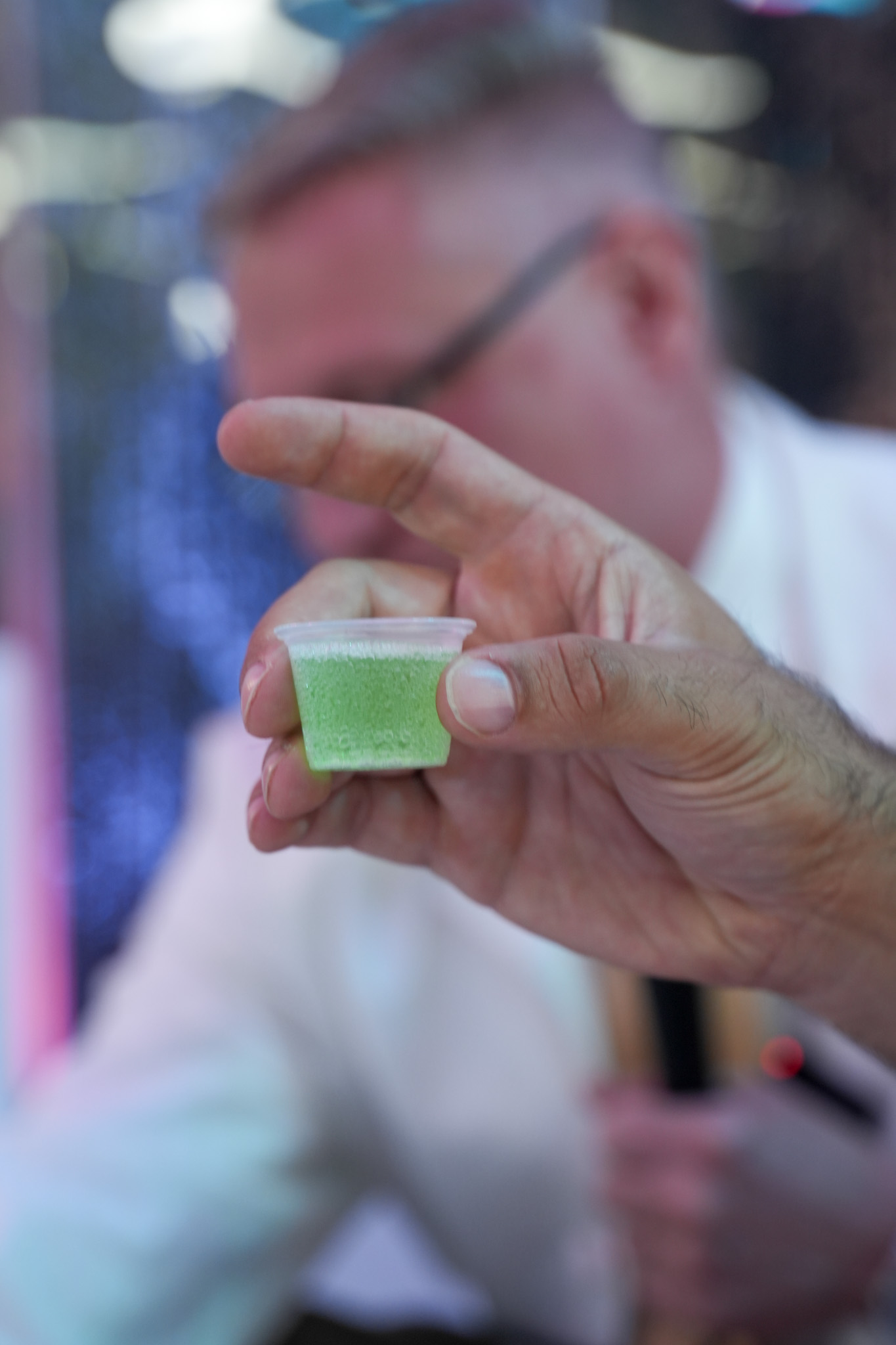
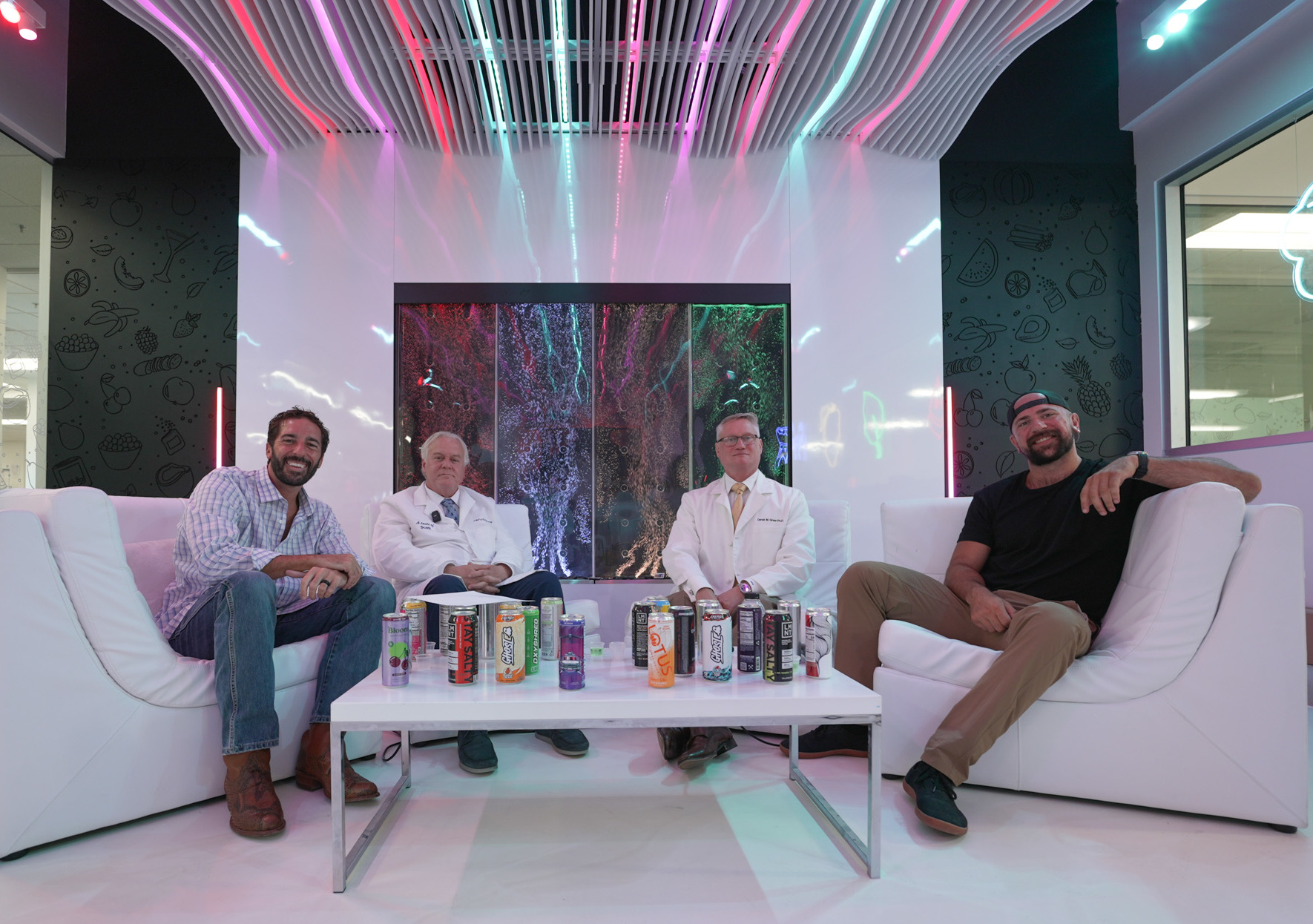

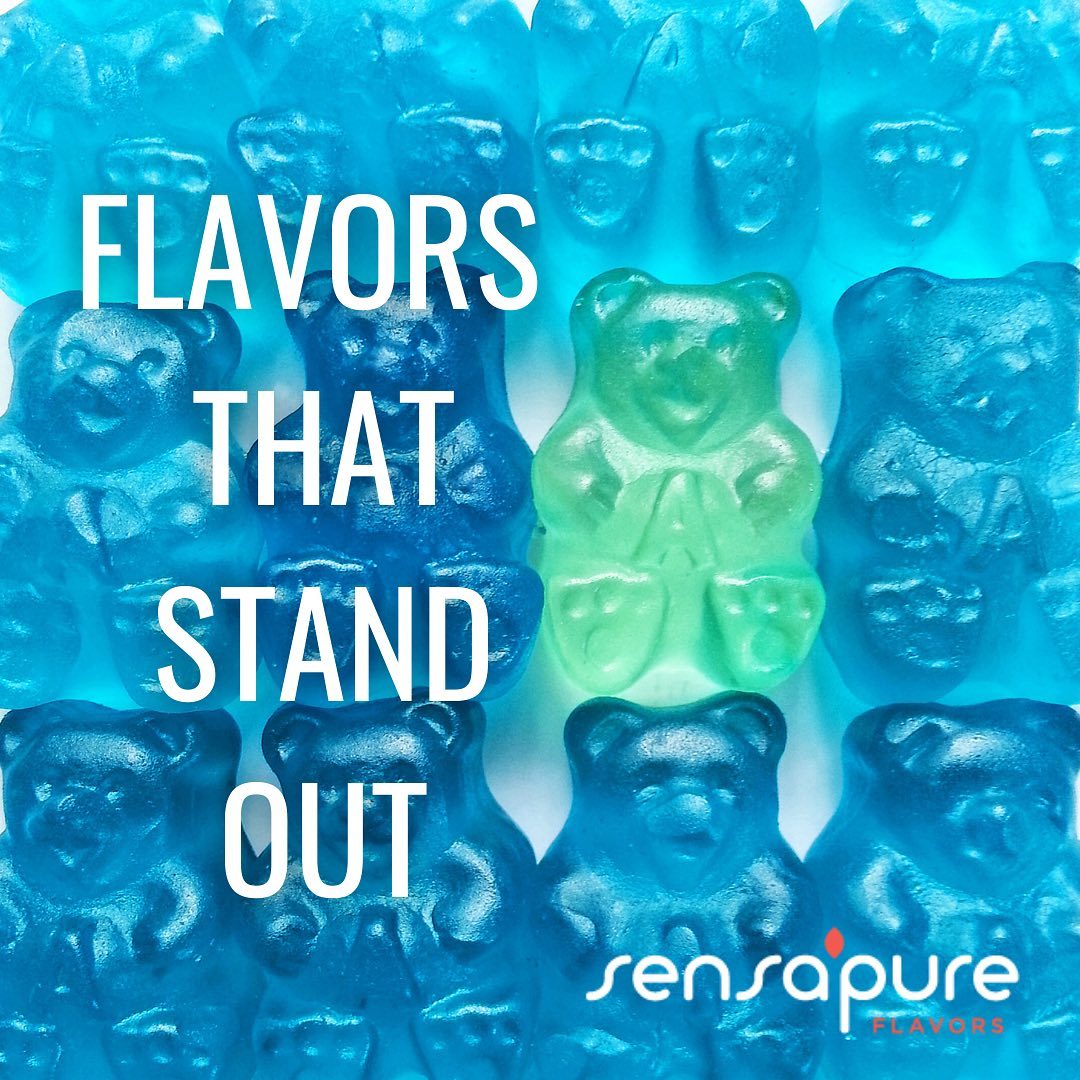

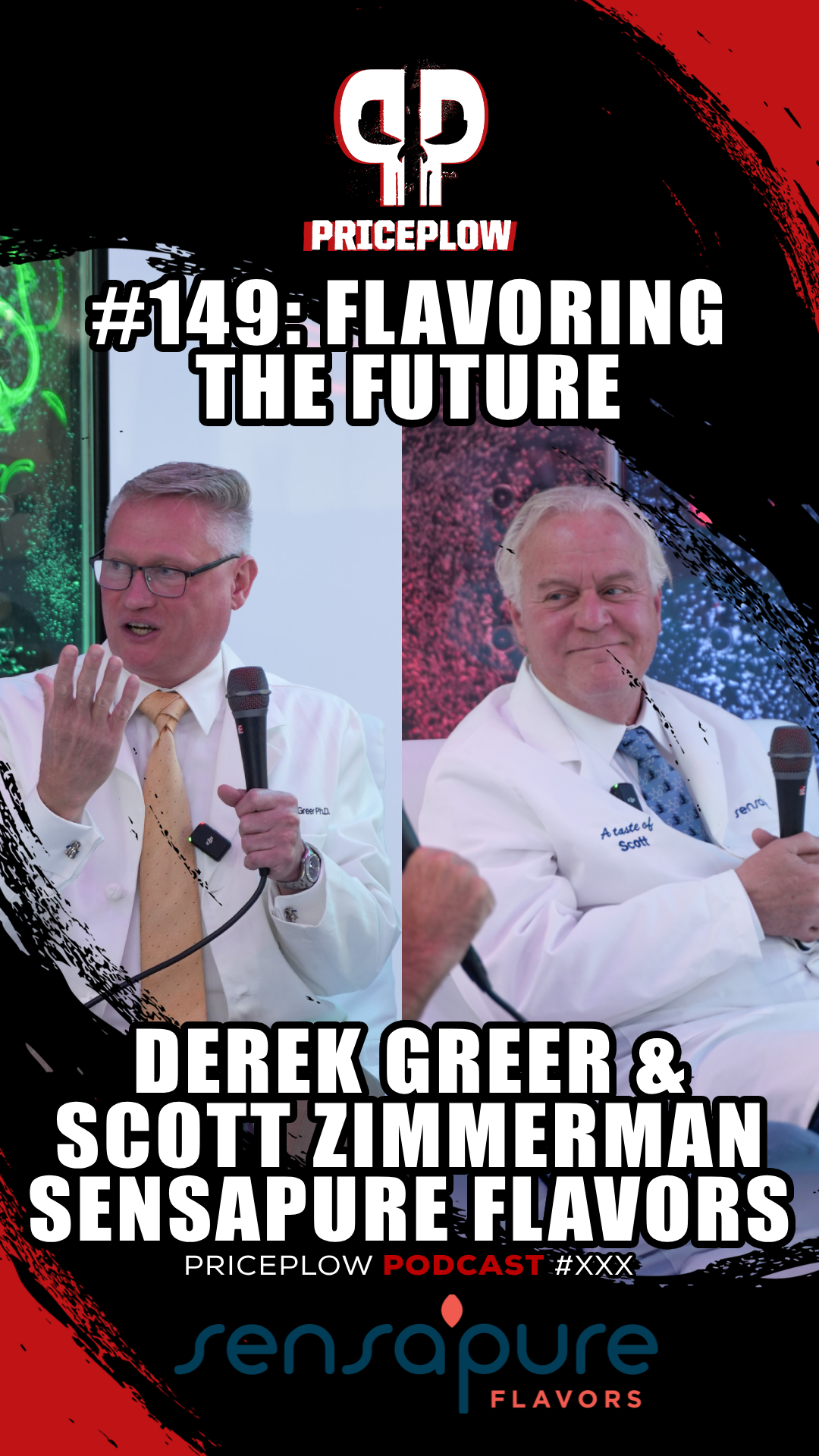


Comments and Discussion (Powered by the PricePlow Forum)